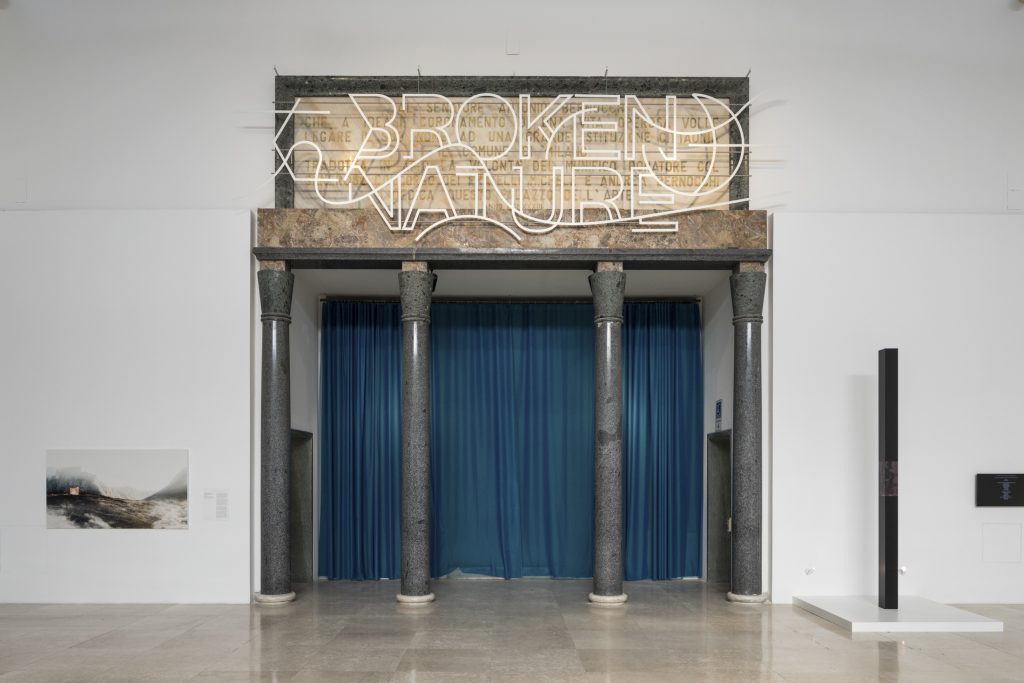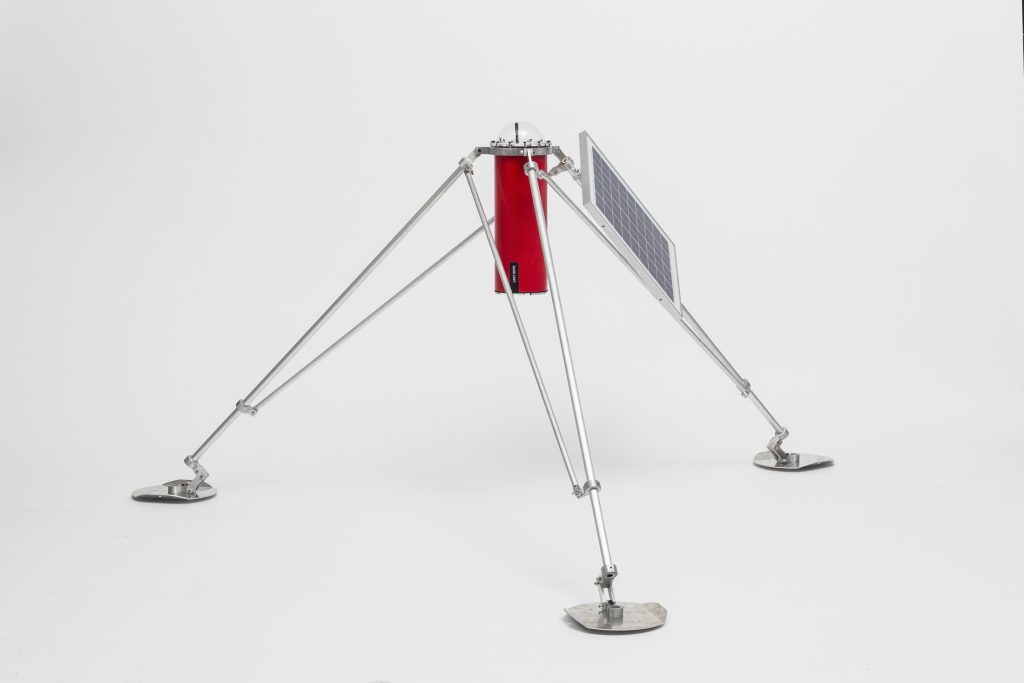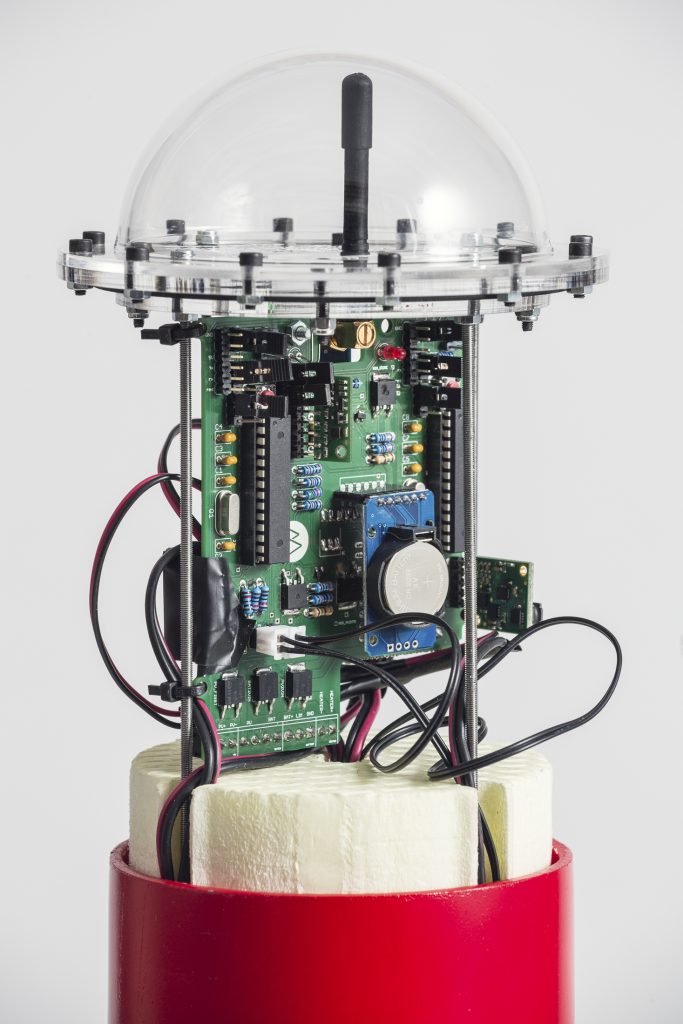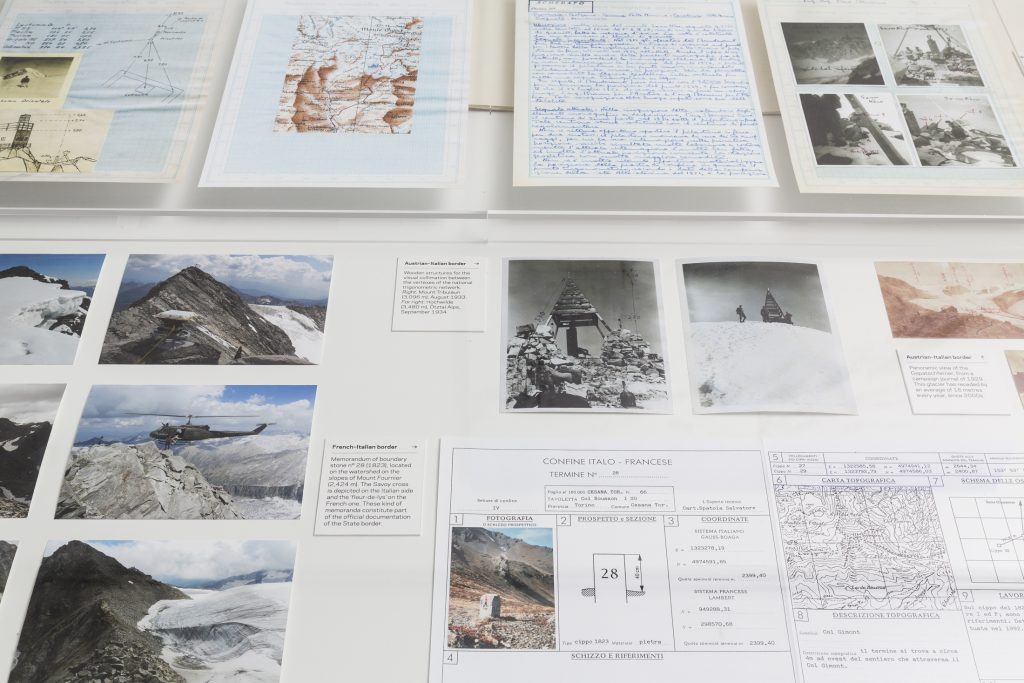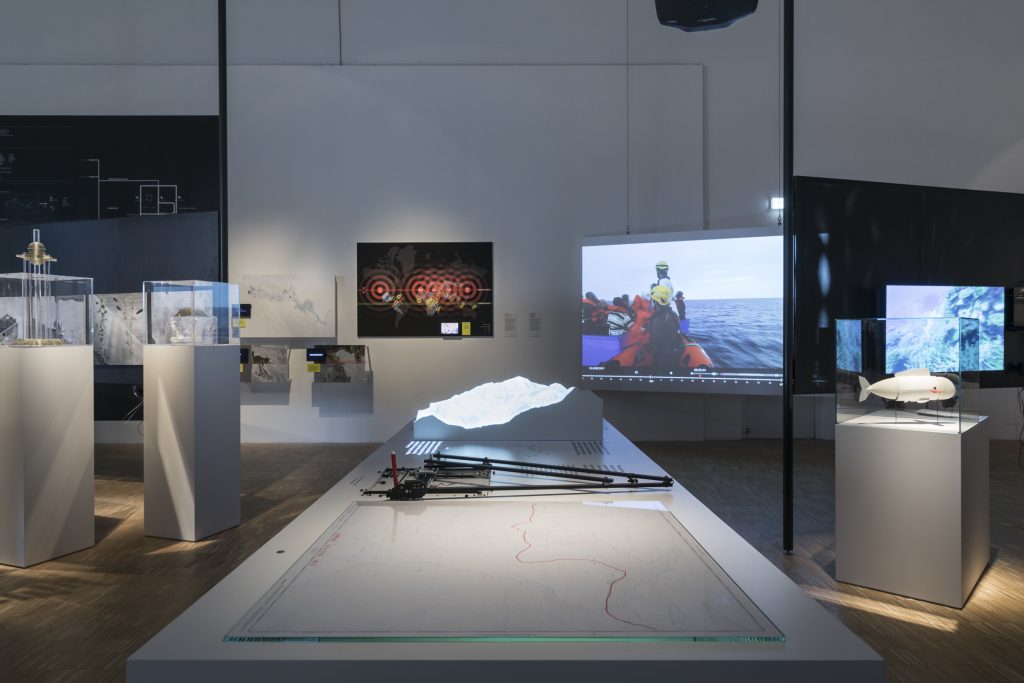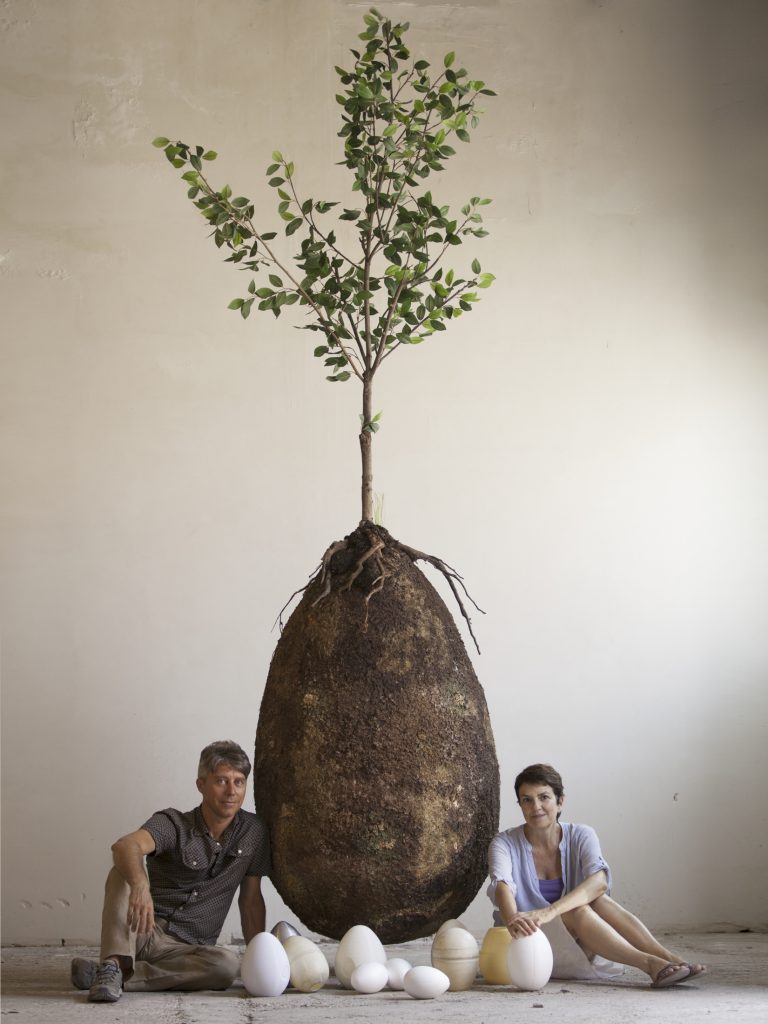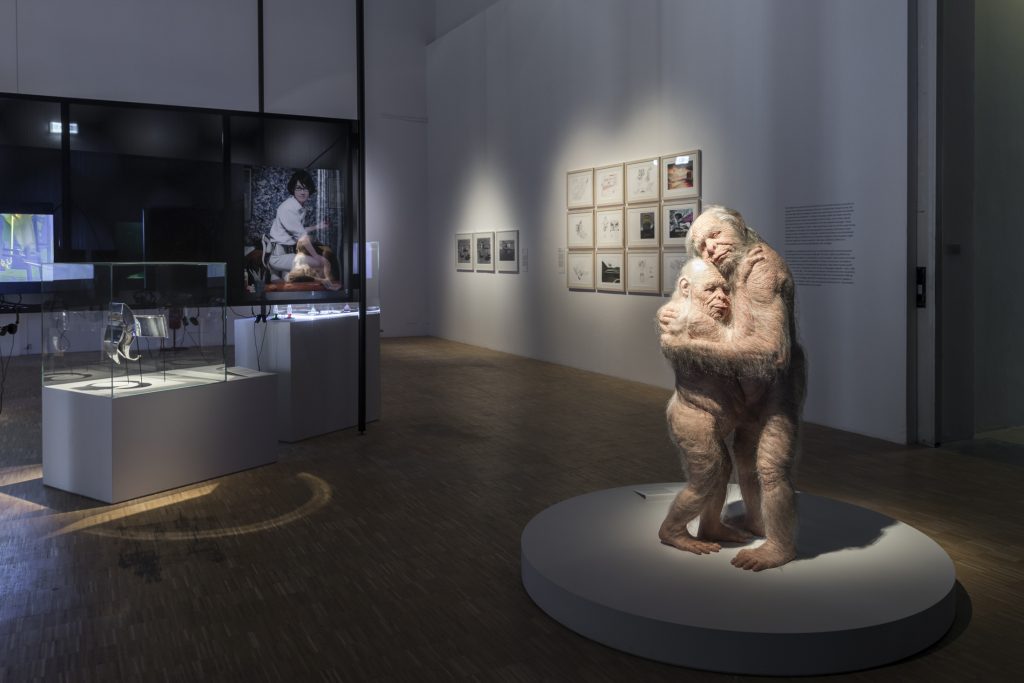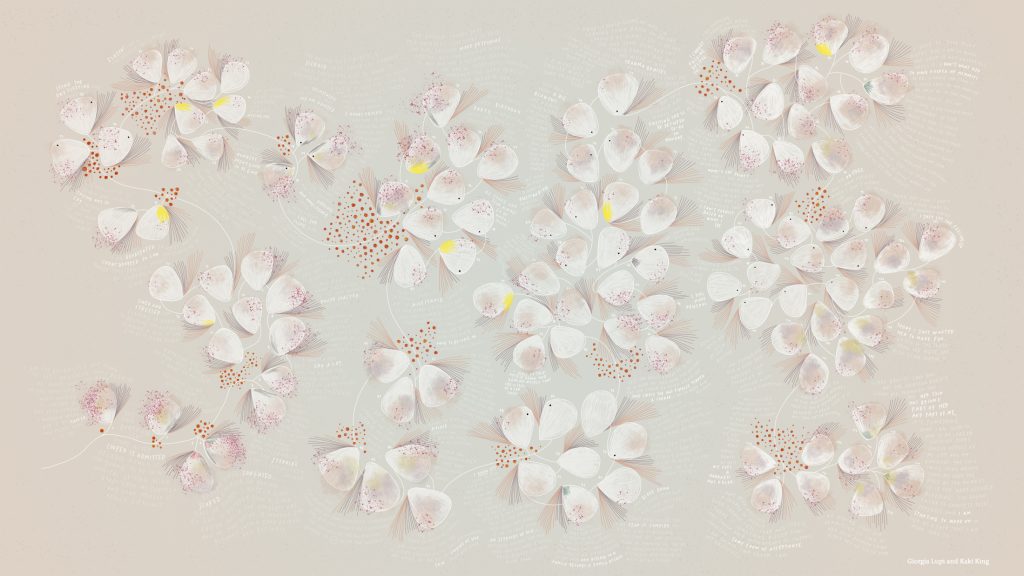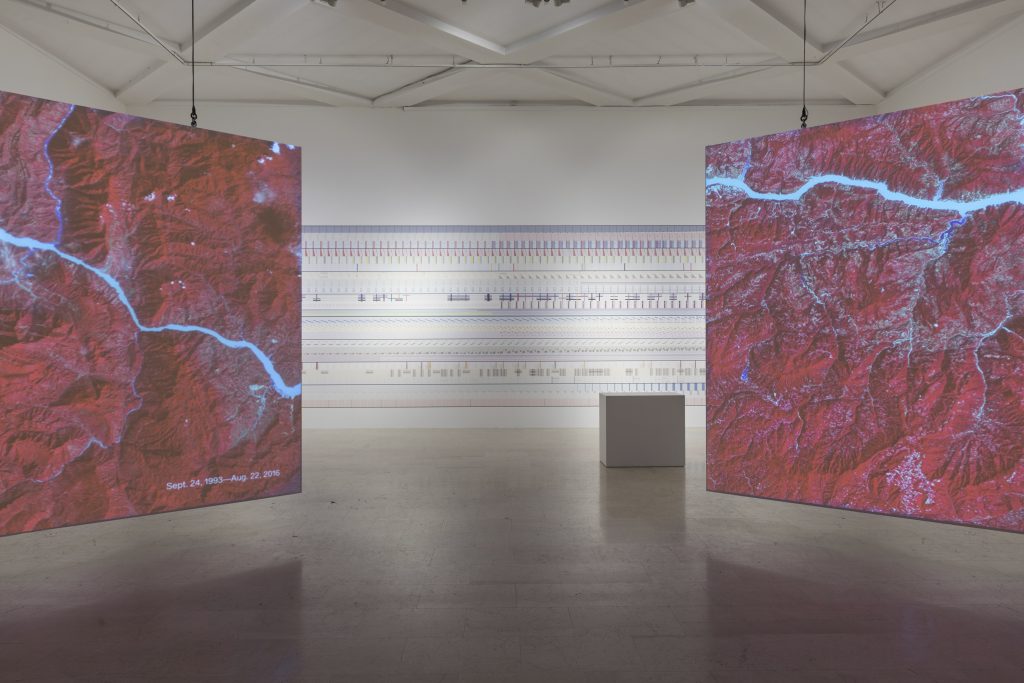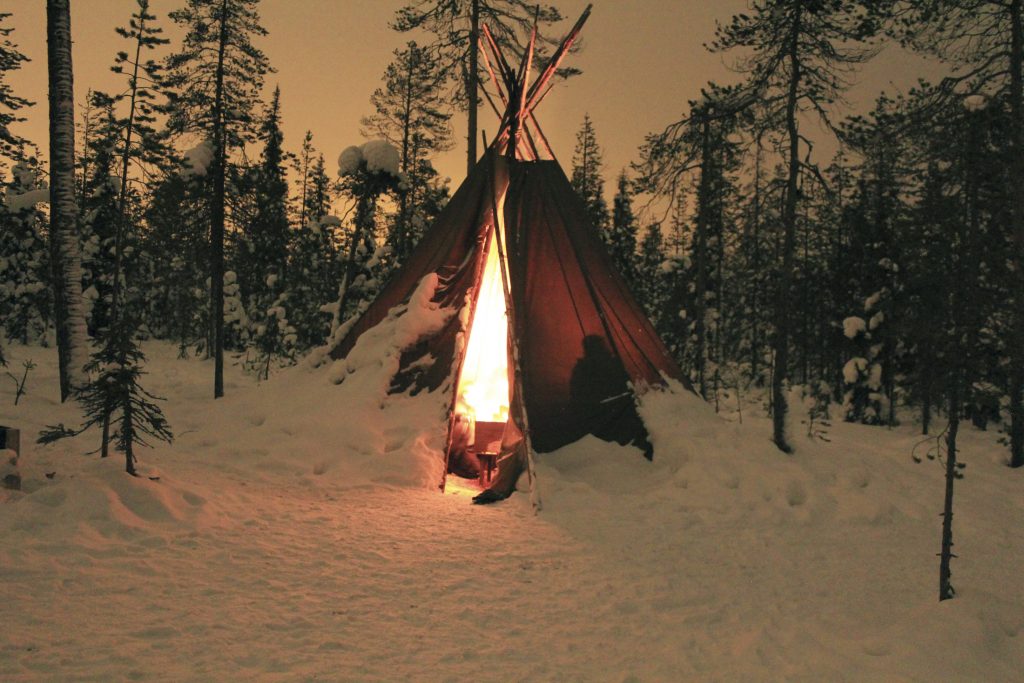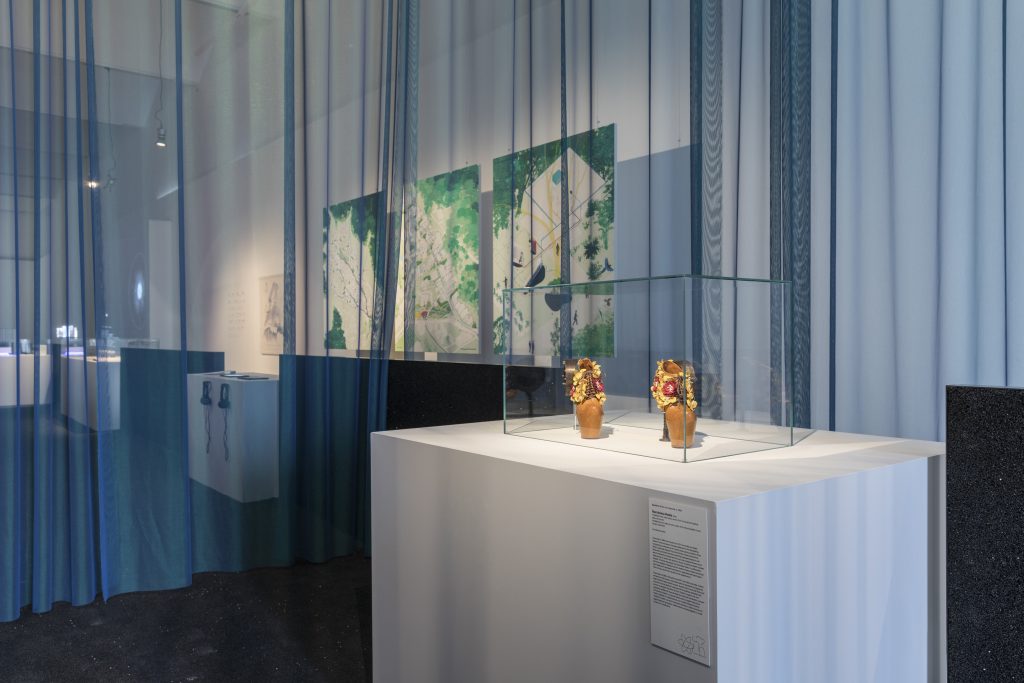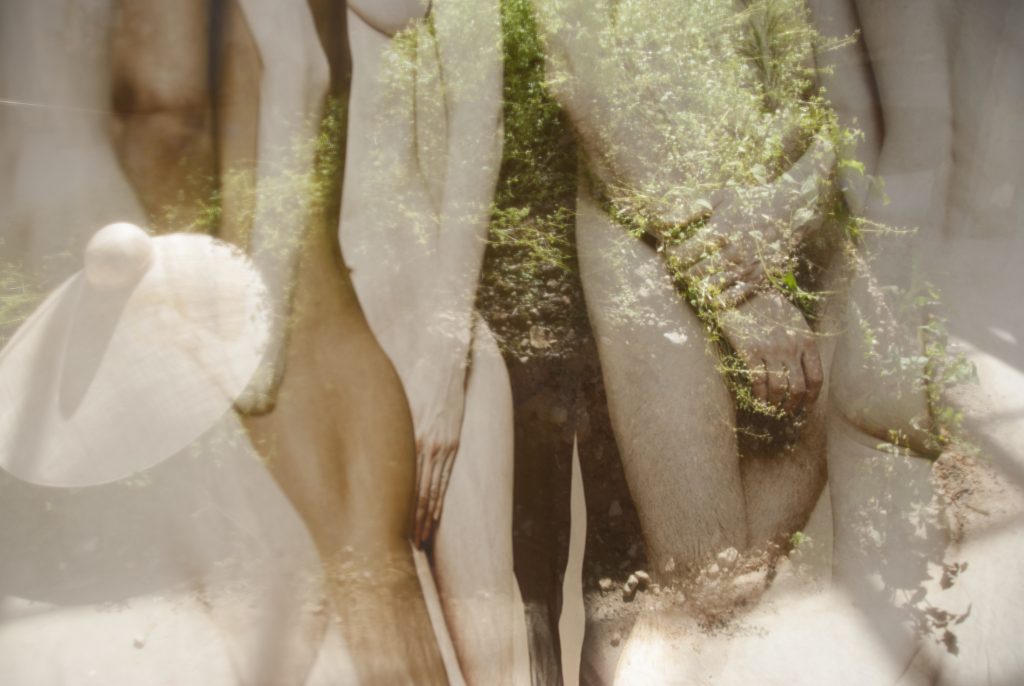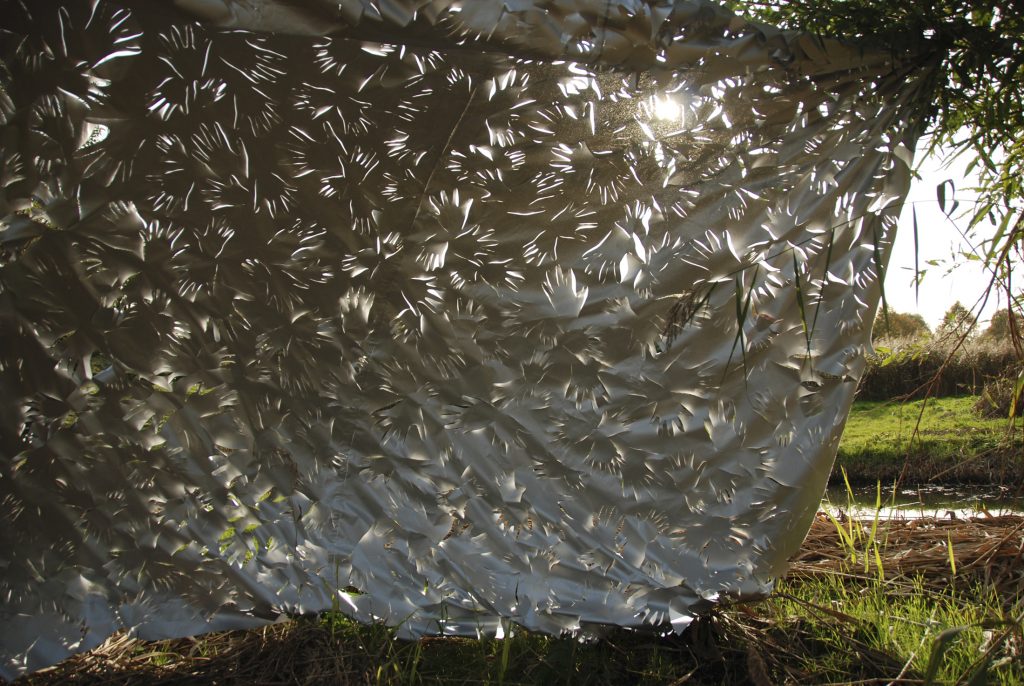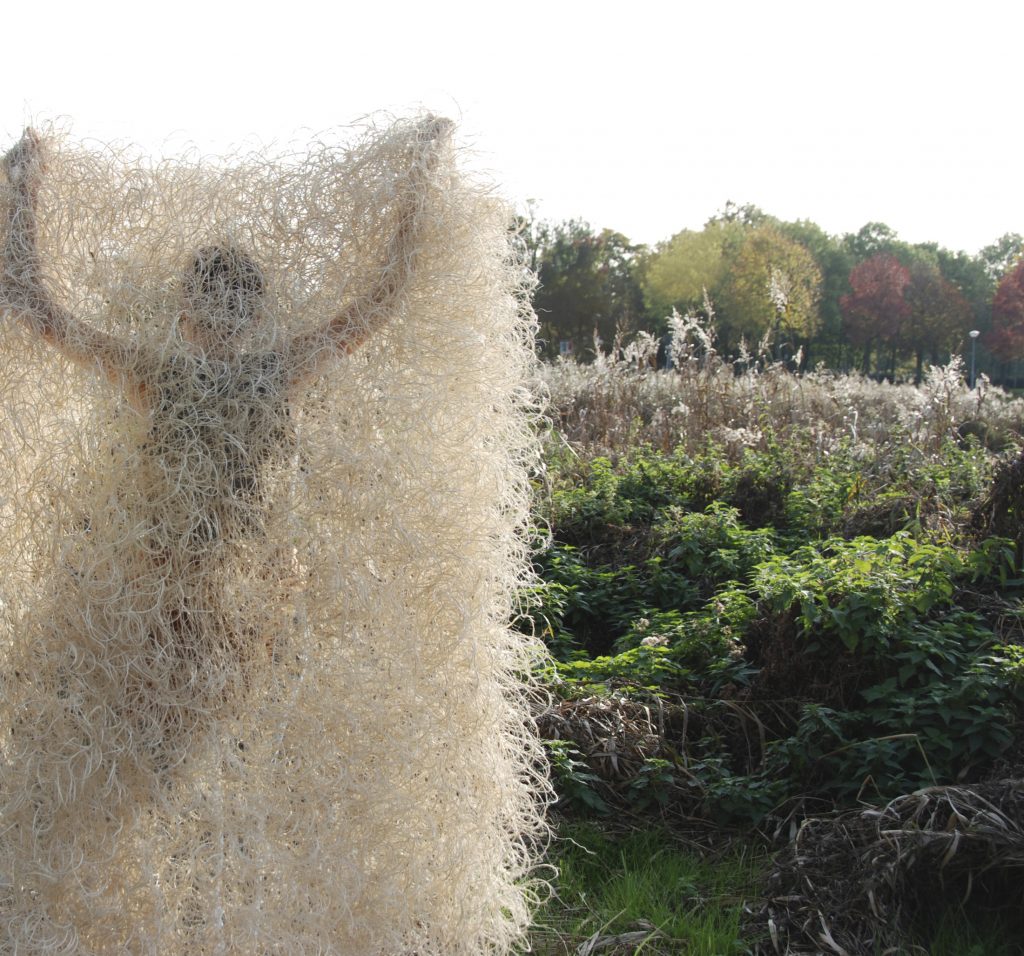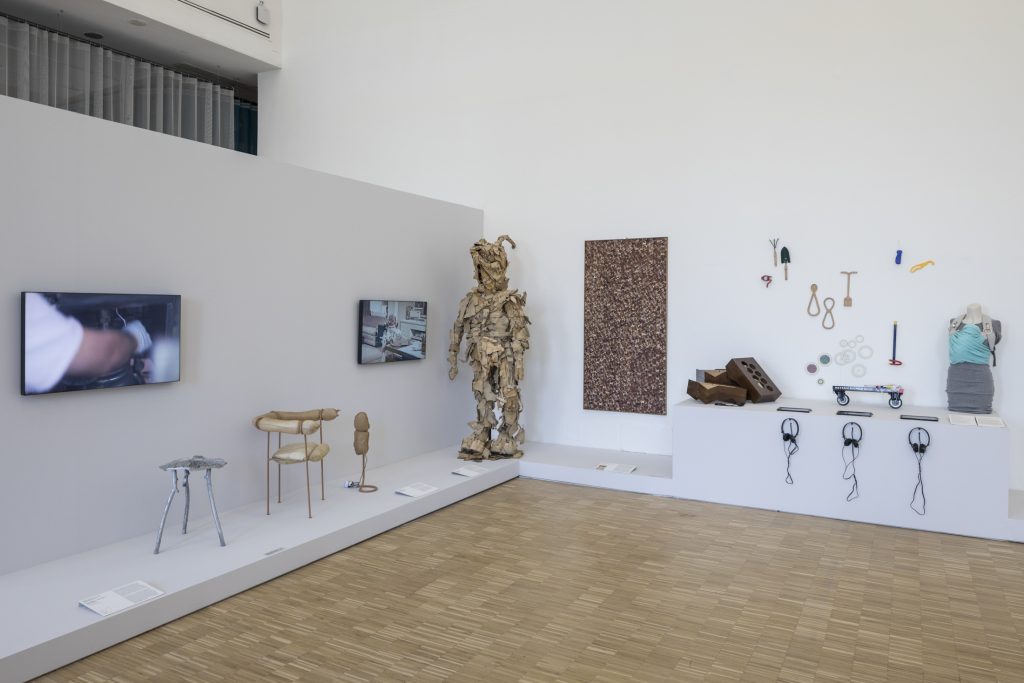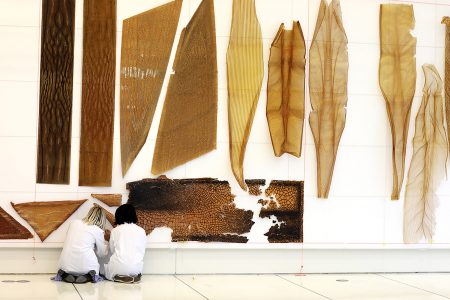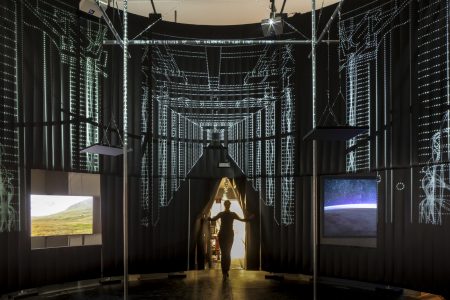Broken Nature — Humans Are Earth
TLmag caught up with last year’s La Triennale di Milano’s curator Paola Antonelli to learn more about her focus on restorative design, how she sees the future of human-made design and the inspirations behind the immense exhibition.
For the XXII International Exhibition of La Triennale di Milano, Paola Antonelli, senior curator of Architecture & Design and Director of Research & Development at the Museum of Modern Art in New York, has curated Broken Nature: Design Takes on Human Survival, a vision and concept that goes beyond a typical exhibition. Broken Nature presents a series of installations and experiential design that engages the public in order to understand the urgency of the current state of the planet and offers a clear idea of the practical steps that can be taken to change their way of consuming, producing and living.
By reflecting on the relationship between humans and the natural environment at all scales –– from microcosms to the cosmos –– the exhibition questions social, cultural and natural ecosystems with a critical eye. Broken Nature: Design Takes on Human Survival, highlights the concept ofrestorative designand studies the connection of humans to planet Earth. In exploring architecture, design objects and conceptsat all scales, and in all materials,the exhibition celebrates the designer’s ability to empower people to turn their planet into a positive energy.
TLmag: What has brought you to this concept of Broken Nature? Do you feel thatthe designers who engage in this context of post-nature have a sense of criticality and responsibility?
Paola Antonelli (PA): Broken Nature is not post-nature but rather it is about humans’ position and role in Nature’s grand scheme. The curatorial team, (composed of Ala Tannir, Laura Maeran, Erica Petrillo, and yours truly), has purposelyselected designers, architects, scientists, and artists who have indeed a sense of criticality and responsibility, at different scales and each with a different impact. The items in the exhibition range from very practical—i.e. a biodegradable pregnancy test Bethany Edwards’ LIA) or a series of vases for composting (Daily Dump, out of India) — to very experimental and speculative — i.e. the recreation of the scent of an extinct flower (byChristinaAgapakis, Alexandra DaisyGinsberg, Sissel Tolaas),or the prototype of an architecture built by silkworms (by Neri Oxman and The Mediated Matter Group).
TLmag: How would you define and solve the position of humans towards a hyper-connected and controlled environment? How to restore their connection to nature? Through ecology, technology and culture? Or spirituality?
PA: Frankly, all of the above! We are not against connectedness and control, but rather we are for criticality and awareness. We think that by strengthening every citizen’s knowledge of her own power and responsibility, we can all use and direct the fruits of human creativity better, and make sure they fit in a long-term perspective that takes into account also other species and other dimensions of life. We would like everyone to understand that we are part of nature, not outside of it.
TLmag: How do you highlight the very diverse and interdisciplinary crossovers between design, anthropology, applied science and cosmology?
PA: By describing the projects in detail. Every item in the exhibition and in the catalogue is accompanied by an extended label.By simply telling the story behind objects, concepts, and scenarios, those interconnections will come alive.
TLmag: In this era of the revived Anthropocene, natural materialsare increasingly explored by designers. Could the act of sourcing raw materials and waste be a way to reinvent making and enhance design-led crafts?
PA: It is a very good question. Indeed, I believe that materials are part of the design process and that designers should take responsibility for sourcing and/or designing them. That was actually the theme of my first exhibition at MoMA, 25 years ago, Mutant Materials in Contemporary Design,which also came to the conclusion you just outlined –– about the importance of crafts. Crafts are ideal when new materials need to be tested and the machines to work them do not exist yet. Crafts and experimentality go hand-in-hand.Over the course of the past 25 years, the focus has shifted toward more sustainable materials, which can either be recycled promptly or can be disposed off without burdening the environment.
TLmag: How do you perceive the future of the human-made? What would be some of the options offered by design and designers to engage in new economic and cultural models?
PA: It is a very polyhedric future. I hope we will make less, make better, make with (other species, nature, other cultures, memory, sensibility, etc.), unmake and remake, think twice before making. With all these different ways come different economic and cultural models, from upcycling to circularity, from learning from othermaterial cultures to manufacturing for easy parts recycling, and more. One thing is for sure: I’d like to ban the words consumption and consumer from our lexicon. Objects should be acquired, embraced, adopted, not consumed.
TLmag: Beyond Nature is also including the research done by Het Nieuwe Institut in Rotterdam and supported by the Ministry of Education, Culture and Science in the Netherlands. Can you talk about the contribution of Dutch designers who have chosen to enhance the relationships between light and dark, seeing and not seeing? How would you define the role of designers in this context of perception and coexistence with invisibility and immateriality?
PA: I think this answer would better be answered by the great curator of the Dutch pavilion, Angela Rui. I loved her concept ever since she spoke about it with me many months ago. I think it’s brilliantly resolved.
TLmag: Who are the other important partners in this exhibition and the full program of events at La Triennale?
PA: Broken Nature, the XXII International Exhibition of La Triennale di Milano, has many different moving parts, all contributing to the concept. The curatorial team gave the theme, to which 22 nations responded. There is also a special installation coming from the Cartier Foundation in Paris, entitled, The Great Animal Orchestra, and a special exhibition by Stefano Mancuso titled, The Nation of Plants, which we consider indeed a national participation.
TLmag: The website gives a long list of references for further reading. What would be the 3 books you would absolutely recommend we read if we want to engage and reflect further on this issue?
PA:
- Haraway, Donna, J.Staying With the Trouble: Making Kin in the Chthulucene.Duke University Press, 2016.
- Latour, Bruno,Facing Gaia: Eight Lectures on the New Climatic Regime, Wiley, 2017.
- Carson, Rachel,Silent Spring, Houghton Mifflin, 1962.
TLmag: And finally, how would you recommend that human beings act in our daily lives in 10-20 years’ time?
PA: The future starts now. I would like us to behave as evolved humans.
This interview was first featured in TLmag’s 31st print edition ‘Islands of Creation’.
